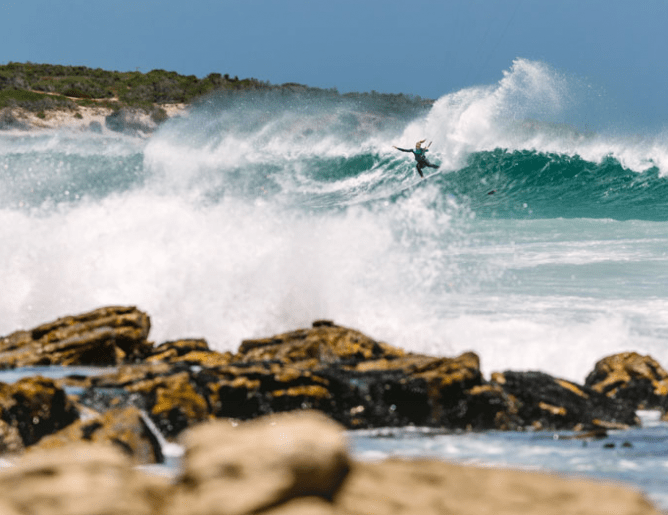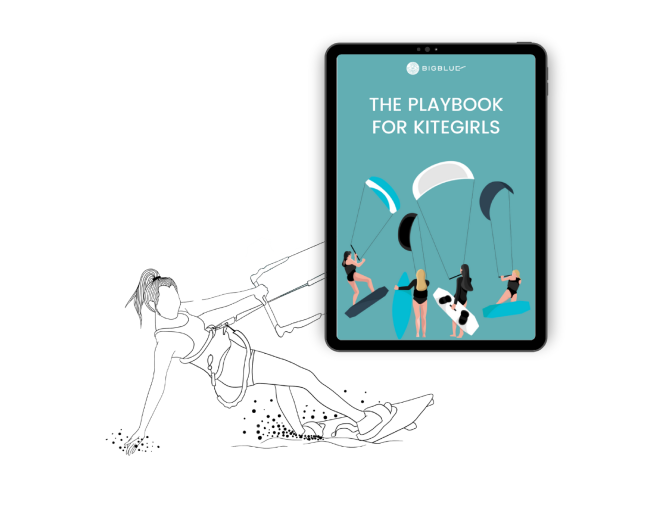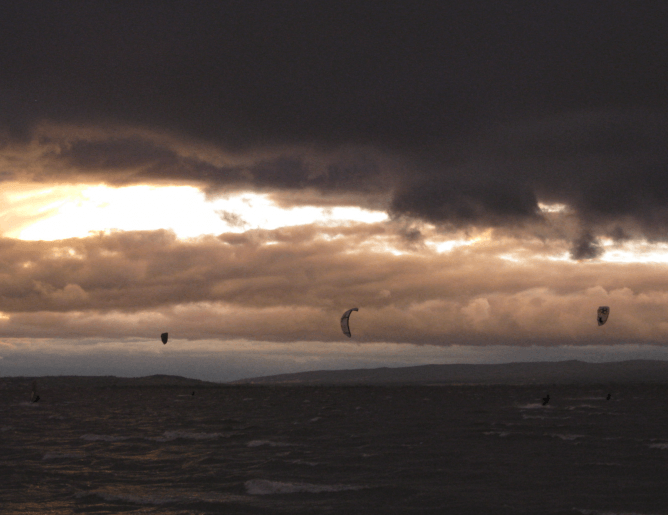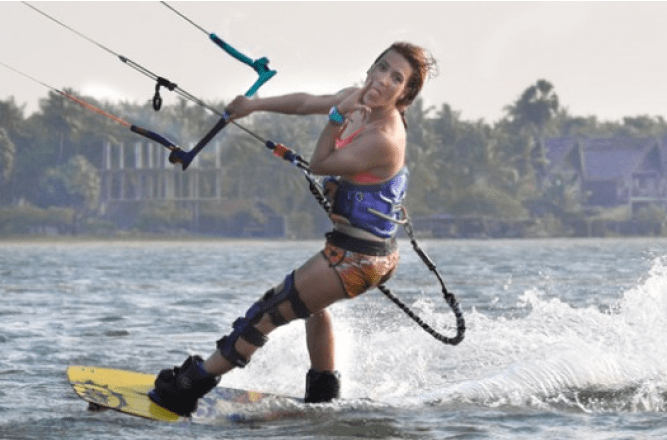MIND OVER MATTER
 931
931


If you're on the hunt for extra ‘MIND GAINZ’ to really maximise your time on the water then here's a few things to think about. We've set them against a backdrop of big moves that dropped in Cape Town this season, caught through the lens of Ydwer van der Heide
The early professional athletes probably didn’t go in for things like visualisation techniques and ‘mindset seminars’, but it’s all the rage for the modern sportsman or woman. These days even the brawniest of jocks know the value of getting their mind straight for optimum sporting performance. The right coping mechanisms can give you a serious edge when it comes to improving your riding and overriding the mental blocks and stresses that so often hinder your progress. We’ve broken it down for you..

Rider: Jerrie van de Kop
© Photo: Ydwer van der Heide
PREPARATION
As an exasperated rugby coach once told me, ‘Proper planning and preparation prevents p*ss poor performance’. He was right and you can vastly improve your chances of sticking that trick you’ve been working on before you even leave the beach by focusing on what you want to achieve out on the water.
THIS IS CALLED VISUALISATION AND IT’S A USEFUL TOOL BUT, RATHER THAN GETTING CAUGHT UP THINKING ABOUT HOW AWESOME IT’LL FEEL TO LAND A TRICK THAT YOU CAN’T YET DO, TRY TO THINK ABOUT WHAT THE VARIOUS STEPS ARE GOING TO BE AND HOW YOU’LL TACKLE THEM INSTEAD. THIS ALLOWS YOU TO CALL ON PAST EXPERIENCE AND TO WORK OUT WHICH COMPONENTS OF A TRICK ARE GOING TO BE THE MOST CHALLENGING.
Let’s say you’re going for your first basic kite-loop. You should already be in full control during a sent jump, gaining good height and hang-time and be able to land softly. You should also be used to landing some of your jumps at speed, understanding how to control your board when ‘coming in hot.’
So now you can start thinking about the bits you don’t yet know how to do. Do you understand how hard you have to pull the bar to loop your kite? If not, it’s a good idea to learn to carve while doing a down-loop to get used to the movement and steering feel of a kite as it passes around the different parts of the window. Have you read up on when it’s best to initiate the loop? Straight after you take-off will result in enourmous power and a harder to control technique. Looping the kite on the way down, just after the apex of your jump, is often the best way to learn, but how much height is best?
Olympic bobsled drivers visualise every turn of a course countless times before they pitch down it so that, when they do, nothing comes as a surprise and they’ll know how to react. You can employ the same technique when learning something new behind the kite.

Rider: Lasse Walker
© Photo: Ydwer van der Heide
DEALING WITH FEAR
‘Everything you want lies on the other side of fear’ is a phrase that has perhaps lost a little of its impact after finding its way into countless memes in recent years, but it’s true. So often it’s your own feelings of fear, rational or otherwise, that stop you achieving what you want to in any walk of life. Kiting is no different.
FEAR IS AN UNCONSCIOUS REACTION TO WHAT THE MIND PERCEIVES AS A POTENTIALLY STRESSFUL OR DANGEROUS SITUATION, BUT IT’S SOMETHING YOU CAN OVERCOME BY NOTICING AND THEN RATIONALISING THE SENSATION OF BEING AFRAID.
Ask yourself, ‘What am I afraid of?’. Is it the fear of simply not achieving something and feeling bad about yourself as a result? Are you worried that more experienced riders may laugh at you if they see you crash a trick they can already do? Are you, perhaps quite sensibly, concerned for your safety and what’ll happen if you miss your turn or lose the board on your next big set wave?













 favorize.
favorize.